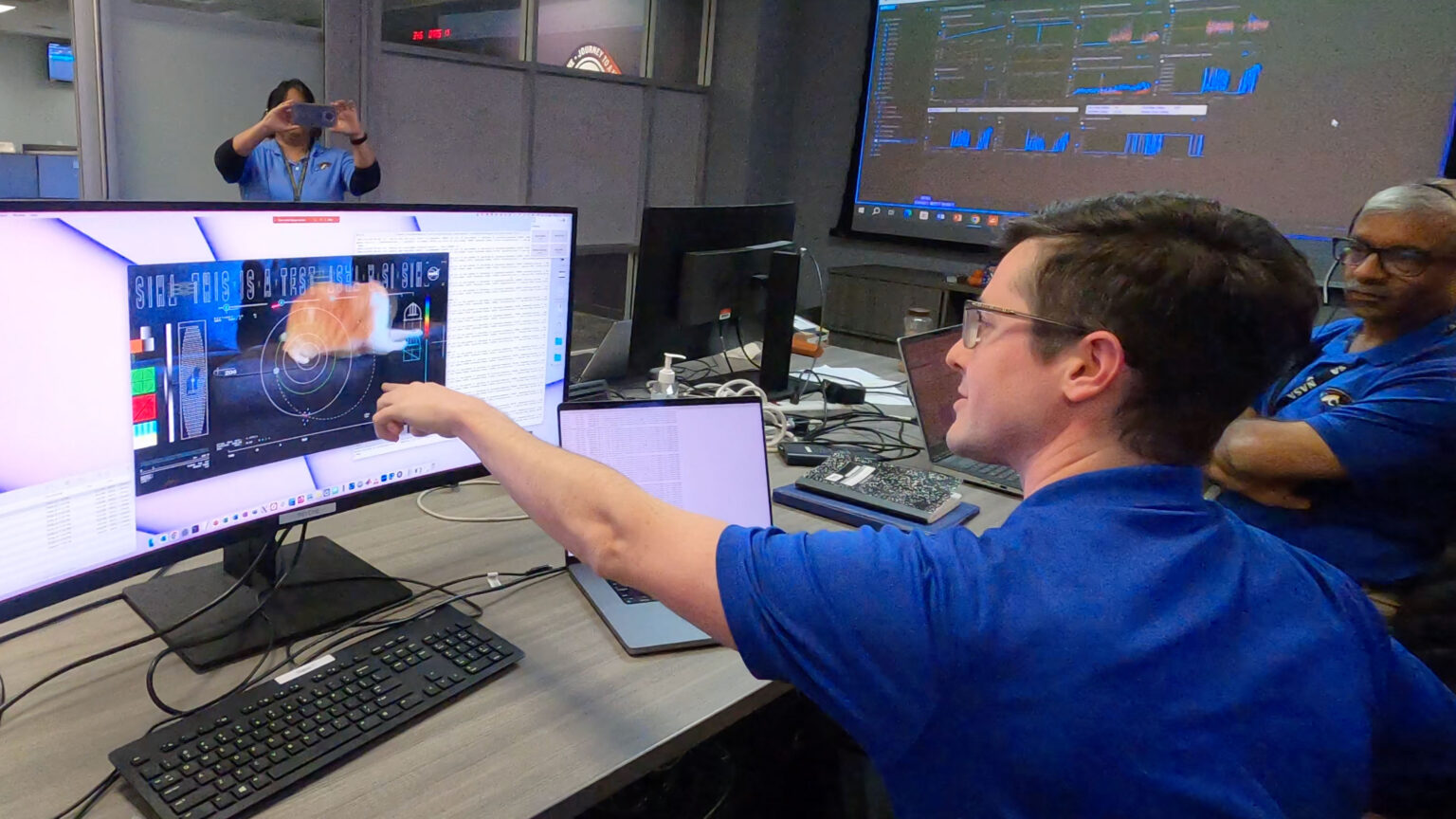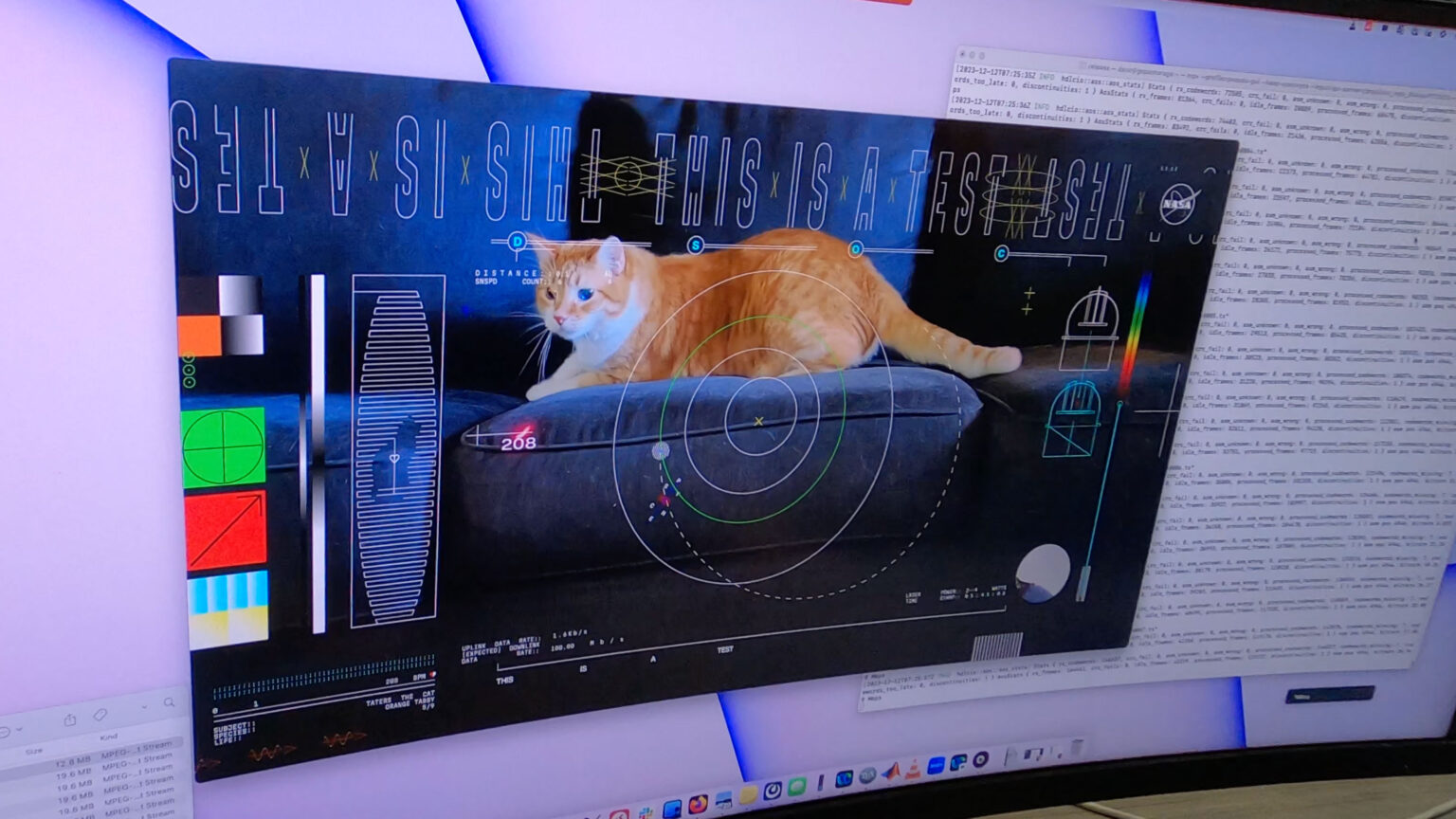NASA has achieved a historic success by transmitting ultra-high-resolution video to Earth using a laser from a distance of 31 million kilometers, which is 80 times the distance from Earth to the Moon. The agency said this paves the way for improved data transmission that could be used for future space missions, including sending humans to Mars.
The video was created on Earth and then transmitted back by NASA’s Psyche mission, which launched in October. In the video, you can see a funny cat named Taters hunting for a laser beam. Why was this video chosen? Because it’s the kind of video that most viewers like.
In an optical communication experiment, a 15-second video was transmitted from a great distance to Earth on December 11. The video signal reached the Earth in 101 seconds. It was transmitted at a rate of 267 Mbps and was captured using the latest optical receiver.

The laser receiver was pointed at the Hale Telescope at Palomar Observatory in California. From there, the video was immediately sent to NASA’s Jet Propulsion Laboratory in Southern California, where it was played back in real time.
Laser communication technology can transmit data much faster than traditional radio frequency systems, which is essential for future space missions. Pam Melroy, deputy administrator of NASA, noted that this achievement emphasizes the importance of developing optical communications to meet future data transmission challenges. She expressed hope for further development of this technology for future interplanetary missions.

Ryan Rogalin, a receiver electronics expert on the JPL project, noted that the technology made it possible to transmit video from deep space faster than most Internet connections on Earth. The video sent to JPL via the Internet was transmitted more slowly than the video received from deep space.
Earlier we reported how NASA’s sky lasers were spotted over Japan.
According to NASA

